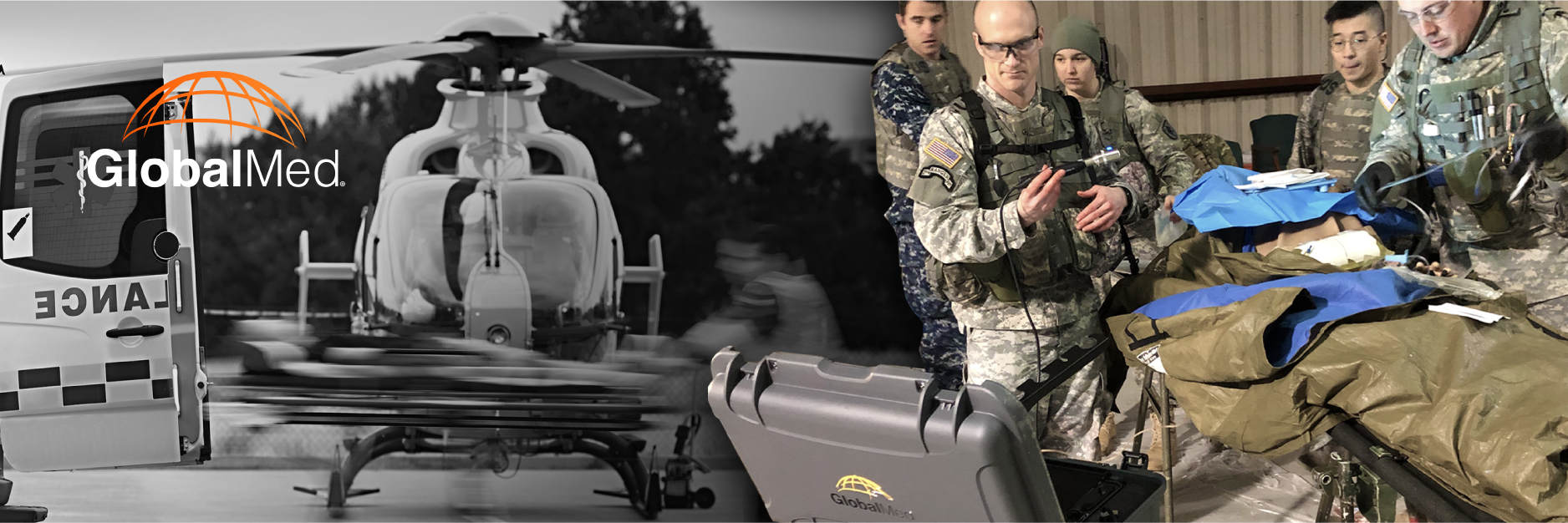 When a medical emergency hits – say, a car accident or a heart attack – no one’s first concern should be about the price tag attached to the ambulance or medical air transport. But the sad truth is that many patients will avoid requesting emergency transportation because they fear the cost. Instead, they call an Uber or ask a family member to come home from work and drive them to the hospital. And even a 30-minute delay in urgently needed care can have drastic consequences.
When a medical emergency hits – say, a car accident or a heart attack – no one’s first concern should be about the price tag attached to the ambulance or medical air transport. But the sad truth is that many patients will avoid requesting emergency transportation because they fear the cost. Instead, they call an Uber or ask a family member to come home from work and drive them to the hospital. And even a 30-minute delay in urgently needed care can have drastic consequences.
Medical transportation can come into play even where there’s no immediate emergency.
Consider Summit Hospital in Arizona. After the hospital lost its inpatient dialysis service and local nephrologists, they had to fly any inpatients requiring dialysis across the state – even if those patients had sought help for something Summit could treat, like behavioral health issues or pneumonia.
Once the local dialysis community realized what was happening, they began avoiding Summit Hospital. The patients knew they’d be flown to another hospital and they didn’t want to be far from their families while sick. Their other fear? They didn’t want to be stuck with an enormous flight bill.
The Intense Cost of Air Ambulances
Medical transportation fees can run shockingly high. The flights for Summit Hospital cost $42,000 on average. According to the National Association of Insurance Commissioners, the average medical transport flight is 52 miles and costs between $12,000 to $25,000. International flights back to the U.S. can run over $100,000.
Why does it cost so much? Beyond the cost of the flight, which is often divided into liftoff fees and per-mile fuel charges, patients must pay for any special medical configurations or equipment on the plane. They’re also paying for the 24/7 availability of the pilot and medical personnel and the actual medical services rendered.
All this adds up to a hefty fee – and patients can’t assume their insurance carrier will pay the bill. Because most medical emergencies happen unexpectedly, patients rarely have time to research if their healthcare payer will consider the transport company or crew as in-network providers. Some payers will cover only medical services or cover medical transportation to the nearest facility. If the payer disagrees on the final fee charged by the transport company, the patient is often responsible for the balance, which can run to $20,000 and higher.
Using an air ambulance isn’t always a choice, either. The Association of Air Medical Services reports that around 30% of the U.S. population can only receive urgent medical care by flight when there’s no advanced medical or trauma care resource in their area.
Remote research stations, offshore oil rigs, and military outposts may also be forced to use air transport for medical events. While those costs usually don’t fall to patients, they do add up to a significant financial drain for the organization.
Bringing Emergency Care to Patients
Luckily there’s a simple answer to the cost vs. consequence question: virtual care. While telemedicine isn’t suitable for every medical emergency, it can bring immediate care to many patients without airlifting them to a distant hospital – reducing costs and improving outcomes.
One example is the aforementioned Summit Hospital, which developed an in-house telenephrology program that saved approximately $2.76 million in patient transport costs. After Summit partnered with the Flagstaff office of Arizona Kidney Disease & Hypertension Centers, Summit patients met virtually with a remote nephrologist while a nurse performed the dialysis procedure. Local dialysis patients felt more comfortable being admitted to Summit because they knew they could avoid high transport costs and have family visits in the hospital.
Another example: Petroleum giant Petrobras dramatically lowered costs by avoiding urgent helicopter evacuations for their offshore rig workers in Brazil. Petrobras works with Hospital Israelita Albert Einstein to provide virtual care for their rig workers. After conducting 965 telemedicine visits using GlobalMed connected devices, they were able to avoid helicopter trips for 93.2 percent of their patients – and of the remaining 6.8 percent, most required non-urgent (and less expensive) flights.
The GlobalMed Difference
Virtual care solutions are often touted for their ability to drive ROI in incremental ways. Patients can see doctors from home instead of paying for childcare and driving two hours to a hospital; providers can serve more patients without paying for additional facility space. But telemedicine can also offer dramatic advantages in a patient’s life – both by enabling immediate care and eradicating crippling expenses. In our era of rising costs and healthcare barriers, telemedicine solutions can open the door to care when patients need it most.
Learn how you can expand access, attract new patients, manage capacity, and improve care with one complete telemedicine solution.
